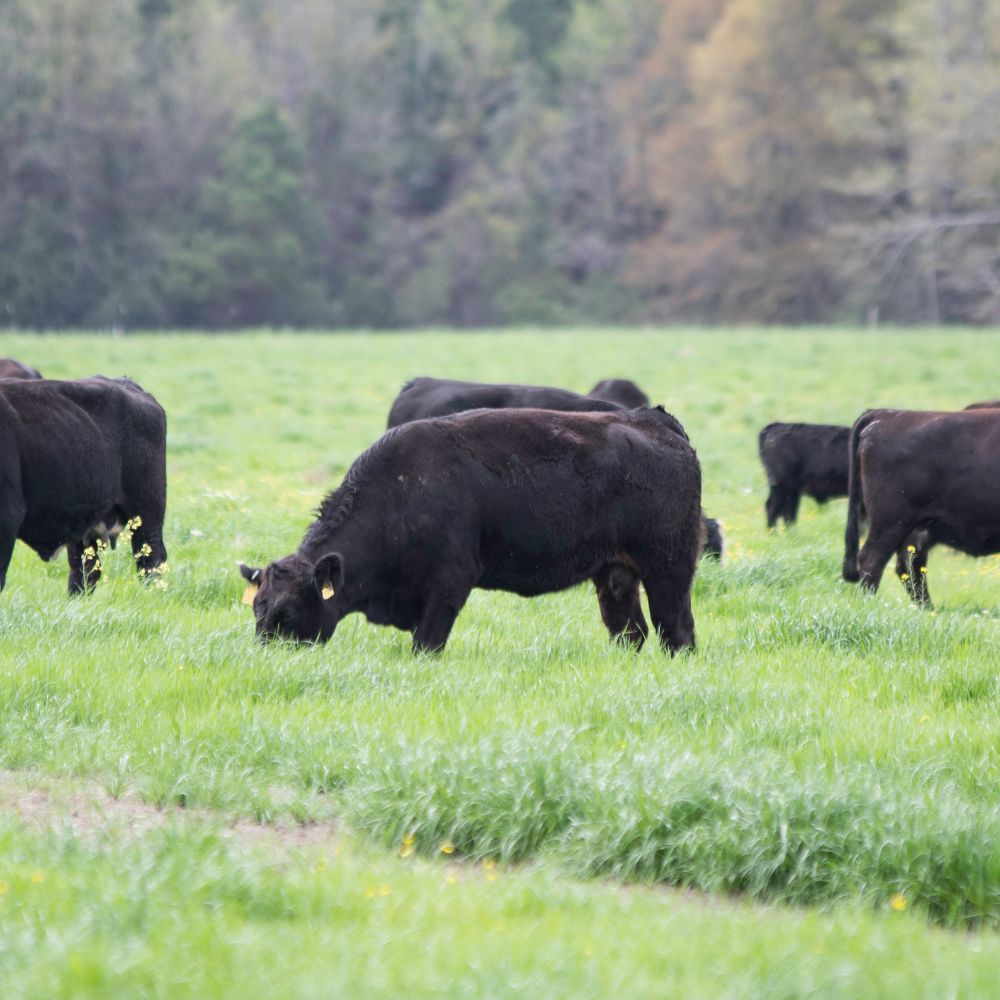An Unbiased View of Bagley Risk Management
Table of ContentsMore About Bagley Risk Management3 Easy Facts About Bagley Risk Management ShownNot known Details About Bagley Risk Management 8 Easy Facts About Bagley Risk Management ShownNot known Facts About Bagley Risk Management
By doing this, if rates do drop below that break-even point by the end date, insurance holders are shielded against a loss. This is very similar to the means barnyards run, though they use a standard bush. When a rancher agreements their cattle with a feedlot, they hedge those livestock to secure the profit factor.This will be countered by the raised value of the cattle. The margin stays essentially the same. With LRP Insurance, herdsmans secure against a decrease in the futures board, but don't lose on the greater return when rates go up. To state that livestock markets can be unpredictable is a bit of an understatement.
They do this by choosing a reduced percent of the forecasted ending worth - What is LRP. This is a fantastic technique for those looking for reduced premium prices or that have a greater threat tolerance because of solid fiscal health and wellness. This approach might not protect earnings, yet it can protect versus severe market declines
There is not a lot of security or coverage on a month-to-month basis, yet if there is a significant mishap, manufacturers have the comfort that comes from understanding they will just be in charge of a specific quantity expense. Simply remember, expect the best yet plan for the worst.
6 Simple Techniques For Bagley Risk Management

Using LRP as coverage for backgrounded cattle, or livestock on feed, assists minimize that threat by securing the anticipated value of the animals. Feeder cattle can be concealed to a 900-pound predicted end weight and fed cattle can be hidden to a 1,400-pound end weight. With numerous weight courses to select from, it is feasible to cover animals with the barnyard to the packer rail.
Applications can take a number of days to process and merely filling up one out does not lock the candidate into a plan. Once the application is accepted and all set, the LRP recommendation, with its end day and projected ending worth, can be secured in promptly. This allows ranchers to cover calf bones when the rate is ideal for their market threat administration goals.
Image Courtesy USDA-NRCS Prices for calf bones, feeder livestock and completed livestock have actually established some new records this fall and very early winter. A combination of situations has precipitated these historic costs. There is visit the site presently a great deal of cautious positive outlook for cow-calf manufacturers as they check out the future.
Getting The Bagley Risk Management To Work

There are some benefits to producers in using LRP insurance coverage as contrasted to a standard feeder cattle agreement or purchase of an alternative - Livestock risk protection calculator. One is the adaptability in the variety of livestock that can be guaranteed. There is no reduced limitation to the number of livestock that can be insured
There is no obligation to offer cattle on which you have purchased LRP Feeder Livestock coverage. You might choose to retain possession and still be qualified for the indemnity needs to the Actual End Value fall listed below your Protection Cost. You may market cattle covered by LRP at any type of time, provided the transfer of possession does not happen more than 60 days before the LRP Agreement End Day.
If livestock perish and your Ag, Risk Consultant is notified within 72 hours of you finding out of the death, the coverage remains effectively, and the manufacturer is qualified for indemnities due to cost loss, also on those animals which died. Yes! Calves can currently be covered before unguis struck the ground.
Bagley Risk Management Fundamentals Explained

Action 1) Total an application. Applications make sure first-time consumers can be pre-approved to create an LRP policy It is totally free! Action 2) Lock in a Special Protection Recommendation (SCE) when you locate a quote that fulfills your objectives. There are several levels of quotes that are launched daily making this a very versatile item that will certainly fit any type of manufacturer.
We are below for you. With each other, we're much better. Together, we'll secure your investment.
With the nonstop change and unpredictability of the market, Livestock Risk Defense (LRP) is something all livestock manufacturers need to take into consideration. The main objective of LRP is to safeguard versus the unexpected downward price motion in the market by setting a base upon any kind of offered day and type of livestock you wish to insure.
The 2-Minute Rule for Bagley Risk Management
There are a range of insurance coverage degree alternatives varying from 70 to 100 percent of the expected ending worth (https://www.ted.com/profiles/46136409). At the end of the picked insurance period, if the actual ending value is listed below the coverage rate, you will be paid an indemnity for the distinction in price. Manufacturer expects to market 1,000 head of 11cwt cattle and picks insurance coverage of $66
As of 2020, LRP (Cattle) is now offered in all states when the marketplace is available. 1. Feeder Cattle with ending weights under 600lbs or 600lbs-900lbs, and 2. Fed Cattle with finishing weights between 1,000lbs-1,400 lbs that will be marketed for slaughter near the end of the insurance coverage duration. whereas livestock insurance coverage does.